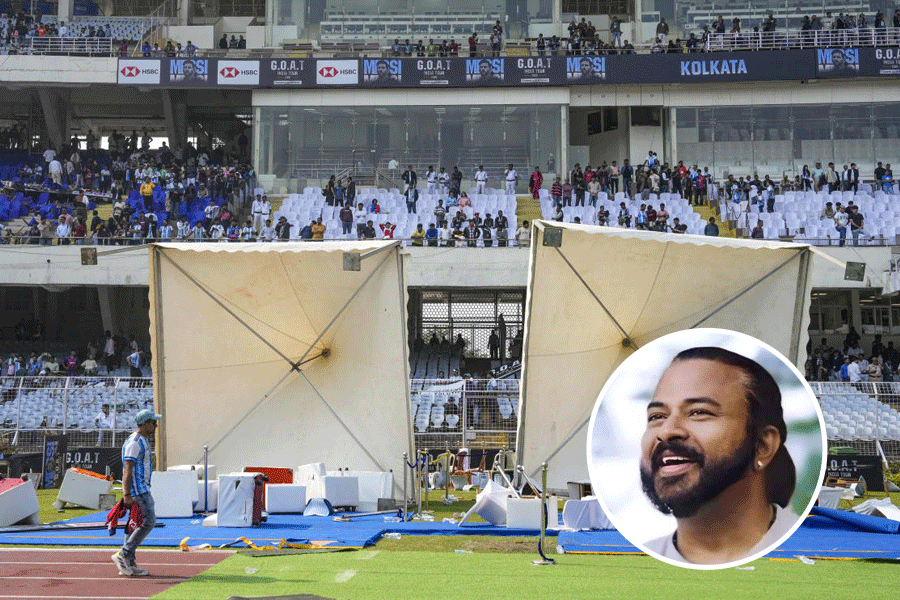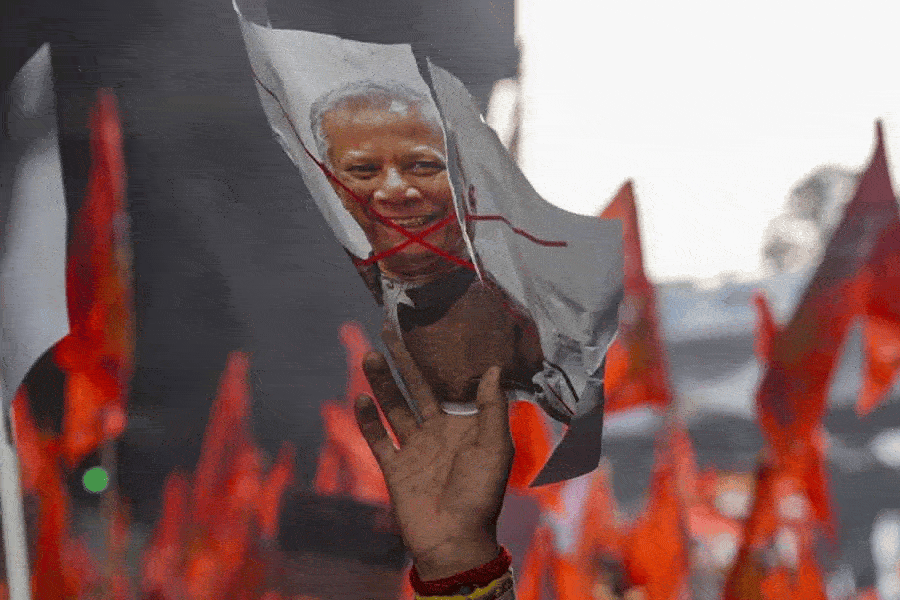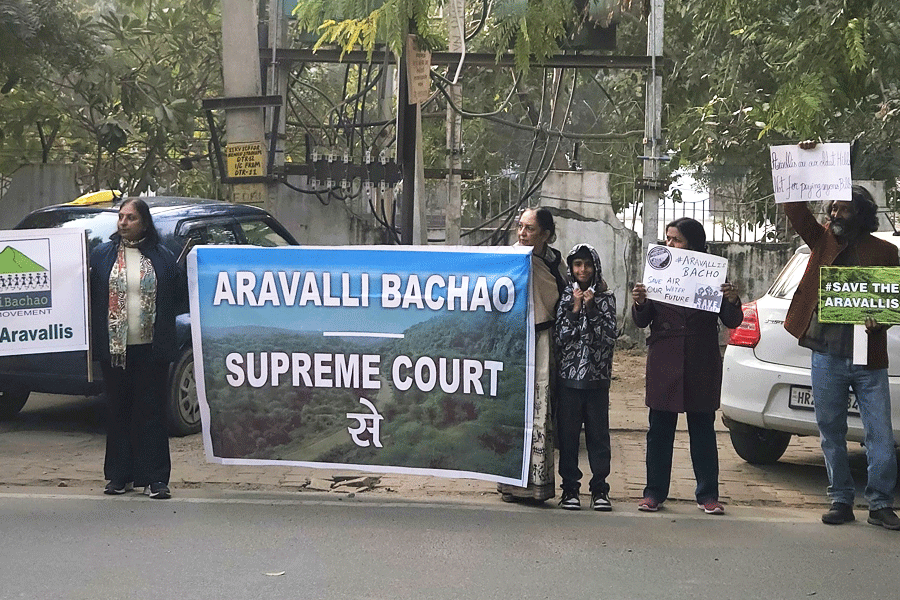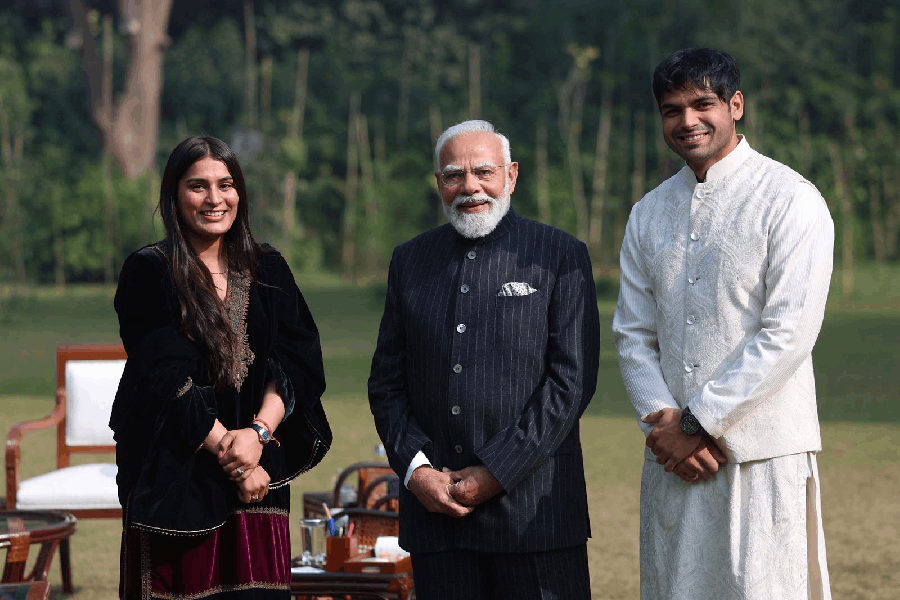Gripped in a bitter flareup in the West Asia crisis, the Islamic regime in Iran has vowed not to yield to US pressure and Israeli missiles.
Amid all the hard facts you're faced with, here's a soft story that connects Iran's supreme leadership with a nondescript town in India.
To cut a long story short, Ayatollah Ruhollah Musavi Khomeini — the architect of the 1979 Islamic Revolution and Iran’s first Supreme Leader -- has his roots firmly planted in India's Uttar Pradesh. Khomeini’s story began in the quiet village of Kintoor, nestled in the Barabanki district of Uttar Pradesh.
The roots in Kintoor
In the early 19th century, Kintoor was home to Syed Ahmad Musavi, a devout Shia cleric born into a family that had migrated to India from Iran a generation earlier.
At a time when British colonial power was expanding and Mughal rule was waning, Musavi left Kintoor in 1830 to visit the sacred city of Najaf in Iraq, home to the tomb of Imam Ali. He never returned to India.
Ahmad Musavi, known by the title ‘Hindi’ — a name he retained throughout his life and one still present in Iranian records — died in 1869 and is buried in Karbala. Yet, his spiritual legacy would ripple through time, ultimately influencing the religious and political trajectory of Iran.
Kintoor, once a significant seat of Shia scholarship, now finds itself tied to the very origins of the Islamic Republic of Iran.
The rise of Ayatollah Khomeini
Ahmad Musavi’s grandson, Ruhollah Khomeini, was born in 1902. A century after his grandfather’s departure from India, Khomeini emerged as a prominent cleric and vocal critic of the Shah of Iran, Mohammad Reza Pahlavi. By the 1960s, he was known for his fierce opposition to the Western-backed monarchy and the secularisation of Iranian society.
In 1979, the tide turned. Khomeini’s powerful sermons and mass protests led to the fall of the Shah’s regime and the establishment of the Islamic Republic. Khomeini assumed the mantle of Supreme Leader, reshaping Iran into a hardline theocracy grounded in Islamic jurisprudence.
Despite ascending to the highest office in the country, Khomeini was known for his austere lifestyle. He lived in a modest, single-storey house in Tehran, devoid of opulence. Even after the house was offered to him for free by Sayyid Mahdi Imam Jamah, Khomeini insisted on paying a thousand riyals.
Though Khomeini never met his grandfather, family teachings and the enduring spirit of faith passed down generations profoundly shaped his worldview. His ideology — rooted in clerical tradition and Shia theology — mirrored Ahmad Musavi’s call for Islamic revival.
Khamenei's separate lineage
While the legacy of Khomeini continues through the Islamic Republic’s institutional structures, it is crucial to distinguish that Iran’s current Supreme Leader, Ayatollah Ali Khamenei, does not share the same familial background.
Khamenei hails from a different clerical lineage, with no verifiable ancestral link to India. Khamenei was a close confidant to Khomeini.
However, the ideological bond between the two leaders runs deep.
Like Khomeini, Khamenei has entrenched Iran’s foreign policy in resistance — to the West, to secular influence and to Israel’s growing aggression.
As West Asia braces for what may be another war, the echoes of a spiritual journey that began in Barabanki nearly two centuries ago still resonate.












